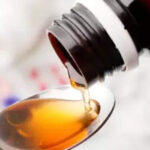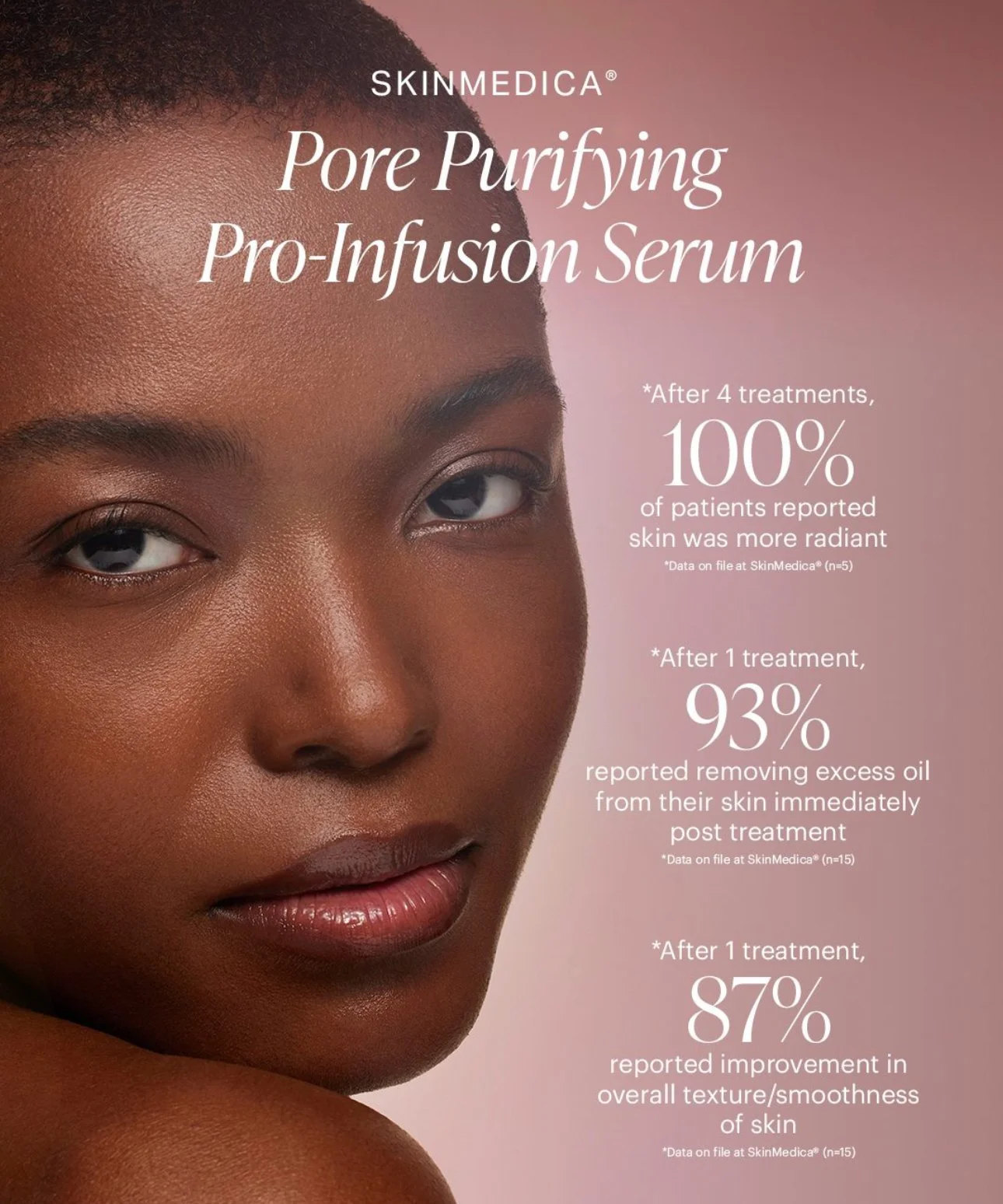“I’ve given up on foaming cleansers,” a friend announced the other day. “Caroline Hirons said foaming cleansers are bad for skin.” I’m not as drastic as Caroline, but she has a point. If a cleanser dries out your skin, it’s usually a foaming one. If it leaves your skin feeling tight, ditto. Enough people have had that experience that foaming cleansers ended up with a reputation for being the “bad guys” of the skincare world. And if one of the most trusted skincare voices out there says ditch them? Of course you start second-guessing whether they belong in your bathroom cabinet at all.
But here’s the thing: not all foaming cleansers are created equal. Some really do wreck your barrier. Others are perfectly fine, even skin-friendly. So how do you know which camp yours falls into? That’s what this article will break down for you. We’ll cover how foaming cleansers actually work, why they’ve been branded as “bad,” how to tell the difference between a harsh one and a gentle one, the myths you can ignore, and some actually good options you can grab without killing your skin barrier. By the end, you’ll know whether it’s time to ditch the foam or just choose smarter:
How Do Foaming Cleansers Work?
A foaming cleanser is a cleanser that produces lather. Unlike cream, milk, or balm cleansers. Pretty self-explanatory so far. That foam? It’s just bubbles. It looks nice, it feels satisfying, but it’s not the foam scrubbing dirt off your face. The foam is basically just a side effect, but we’ve all been trained to think “lots of lather = really clean skin,” which isn’t always the case.
But, what makes a foaming cleanser foam? Surfactants. Water alone can’t mix with the extra sebum on your face or the oils in your makeup and sunscreen. It can’t remove them. Enter surfactants. They help water with mix oil, so that oil-based impurities can be rinsed off. Finally!
Any time you see some lather in your skincare, you can be sure there’s at least one tiny little surfactant lurking in it. Of course, not all surfactants act the same way. Harsh ones can bulldoze through your skin barrier, while mild ones do the job without leaving you raw. This difference is at the heart of why foaming cleansers have such a love-hate reputation.
Related: Should You Avoid Sulfates In Skincare?
Struggling to put together a skincare routine that banishes shine, excess oil, and acne? Download your FREE “Best Skincare Routine For Oily Skin” cheat sheet to get started (it features product recommendations + right application order:
Why Are Foaming Cleansers “Bad” For Skin?
Remember when I mentioned surfactants help oil mix with water so they can be rinsed away? Well, sebum is your skin’s natural moisturiser. If you remove the excess, good. If you remove a little too much, your skin dries out. That’s why foaming cleansers are usually recommended for oily skin only.
The problem is most people don’t actually know if their skin is “oily” enough to handle one. What feels greasy to you might actually be a normal amount of oil. So you reach for a foaming cleanser to “fix” the shine, only to find you’ve tipped the balance too far the other way.
Surfactants disrupt your skin’s protective barrier, too. Your skin barrier is like cling film holding everything together. Surfactants bring your skin’s pH level to the stars. They make it so high, the lipids in your skin’s protective barrier break down. Once it gets holes poked in it, moisture leaks out and irritants sneak in. That’s why some people notice redness, stinging, or breakouts right after switching to a harsh foaming cleanser.
And the cruel irony? The drier your skin gets, the more oil it may produce to compensate. That’s why a foaming cleanser can sometimes make oily skin even oilier – your face thinks it’s in survival mode.
Related: How To Choose The Best Cleanser For Your Skin Type
Are All Foaming Cleansers Bad?
I mean, as long as a cleanser doesn’t leave your skin squeaky clean and feeling tight, you’re all good, right? It’s not that simple. This is where nuance matters. Just because one foaming cleanser wrecked your barrier doesn’t mean the entire category is cancelled. The formula is everything.
Whether a foaming cleanser will ruin your skin or not depends on two things:
- pH: If it’s low enough (around 6), all good. Problem is, cleansers don’t usually state their pH on the label. You need to buy pH strips and test it yourself. Why does pH matter so much? Your skin naturally sits around 4.7 to 5.5. Go too alkaline, and you disrupt its balance. That’s why cleansers with a pH closer to neutral are safer bets. The closer to your natural pH, the kinder it is to your skin barrier.
- Type of surfactants: Harsh surfactants that leave your skin feeling tight are a no-no. Instead, look for gentler ones like Sodium Laureth Sulfate (SLES), Cocoamidopropyl Betaine, Sodium Cocoyl Isethionate and Alkyl Sulfosuccinates (i.e. anything with “succinate” in the ingredients list).
Another pro tip: formulas that mix different surfactants together are usually gentler than one that relies heavily on a single, strong one. It’s like balancing out a cocktail – too much of one spirit and it burns, but the right mix goes down smooth.
If your foaming cleanser fits both criteria, go ahead. It’s safe to use.
Related: Why You Should Ditch Cleansers With A High pH
What Are The Best Foaming Cleansers?
- Corsx low PH Good Morning Gel Cleanser ($14.00): pH 5.5. A gentle, pH-balanced cleanser that removes impurities without drying out skin. Available at Sokoglam and YesStyle.
- Neutrogena Fresh Foaming Cleanser ($7.99): pH 6.2. A no-frills, daily foaming cleanser. Available at Target.
- Paula’s Choice Skin Balancing Oil-Reducing Cleanser ($24.00): pH 5.5. A foaming cleaner with a drop of oil to remove impurities and makeup. Available at Paula’s Choice.
Common Myths About Foaming Cleansers
Foaming Cleansers Cause Acne
People blame foaming cleansers for breakouts all the time. It makes sense on the surface – you start using one, and suddenly your skin looks angrier. But the foam itself isn’t causing acne. What’s happening is your cleanser is too harsh, and it’s wrecking your barrier. Once your barrier is damaged, your skin goes into panic mode. It pumps out more oil, and that extra oil just feeds the acne you already had brewing under the surface. So instead of calming things down, you’ve basically given your skin more fuel to work with.
Here’s the twist: a good foaming cleanser can actually help acne. If it’s made with gentler surfactants and has a low pH, it will clear out extra oil and gunk without pushing your skin into overdrive. The problem isn’t the foam. The problem is using an old-school, barrier-busting formula and expecting it to play nice.
Foaming Cleansers Age Your Skin Faster
This one’s a scare tactic. People say foam equals wrinkles, but that’s not how skin works. What’s really going on is dryness. A stripping cleanser makes your skin dehydrated, and dehydrated skin shows every single line. Suddenly you look older, so you think, “This thing is aging me.” But as soon as you put moisture back in, the lines soften up again. That’s not aging – that’s temporary dryness.
If you want to worry about aging, skip the panic about foam and look at your sunscreen habits. Wrinkles come from sun damage, not bubbles. You can use the gentlest cleanser in the world, but if you’re not wearing SPF, the sun is undoing all of it.
Natural Cleansers Are Always Better
“Natural” sounds nice. It looks safe and healthy on a label. But that word tells you nothing about how your skin will react. Bar soap is natural – and it’ll leave your face feeling like sandpaper. Even coconut-derived cleansers, which brands love to call “gentle,” can strip your skin raw if the formula isn’t balanced. The only things that matter are the pH and the surfactants used. Whether they came from a plant or a lab makes zero difference if the end result is the same: dry, tight skin. “Natural” doesn’t equal kind. It just equals good marketing.
Foam-Free Cleansers Are Always Safer
Lots of people assume that no foam = gentle. Not true. A cream cleanser can still have the wrong pH or the wrong ingredients and leave your skin wrecked. Foam is just texture. It doesn’t tell you anything about what’s happening under the hood. Some foams are incredibly mild and play well with sensitive skin. Some creams are surprisingly harsh and leave you red and flaky. You can’t tell by the bubbles – or the lack of them.
More Foam Means Cleaner Skin
That huge cloud of bubbles in your hands looks impressive, but it’s not proof your face is getting cleaner. Foam is just what happens when surfactants meet water and air. The bubbles themselves don’t scrub off dirt – they’re just showy. A ton of lather usually means the cleanser is packed with harsher surfactants, and that’s what leaves you squeaky and tight. If your skin feels comfortable after washing, the cleanser worked. If it feels stripped, the amount of foam doesn’t matter.
FAQs About Foaming Cleansers
Can I Use A Foaming Cleanser Twice A Day?
You can, but only if your skin isn’t complaining. If your face feels fine – not tight, not itchy, not screaming for moisturiser – then twice a day is fine. But if you’re getting that squeaky, stretched feeling, cut it back. Most people only need foam at night because that’s when you’re washing off sunscreen, makeup, and all the day’s grime. In the morning, your face usually just needs a splash of water or something creamier. There’s no prize for over-washing.
Do I Still Need A Foaming Cleanser If I Double Cleanse With Oil Or Balm?
Not necessarily. Oil and balm cleansers already break down makeup and sunscreen – that’s their job. Adding foam after can be nice if you want your skin to feel extra fresh, but it’s not a rule. If your face feels clean after the oil, stop there. If you keep layering cleansers just because Instagram told you to double cleanse, you’ll end up wrecking your barrier. Foam should be a choice, not a requirement.
Can Sensitive Skin Use Foaming Cleansers?
Yeah, but it’s risky. Sensitive skin hates surprises, so you’ve got to pick carefully. Look for low pH, no fragrance, no harsh surfactants. Anything that promises “deep clean” or “squeaky clean” is basically a warning sign. And don’t skip a patch test. Some sensitive skin types can handle a gentle foam just fine, others will flare up no matter what. The only way to know is to test it and watch how your skin reacts.
Are Foaming Cleansers Bad For Dry Skin?
Not automatically. Old-school foams? Bad news for dry skin. They leave you tight and flaky. But newer formulas often throw in hydrating ingredients like glycerin or ceramides. Those make them a bit friendlier. If you’ve got dry skin and still want to use foam, you can – just make sure the formula is actually built for hydration. And if your face feels like sandpaper after, that’s your sign to ditch it. I’ll say this, though: I still recommend milk or oil-based cleansers over foaming ones for dry skin to all my clients. Just in case.
How Do I Know If My Foaming Cleanser Is Too Harsh?
Easy: your skin tells you. Tightness that doesn’t go away, stinging when you put on serum, flaky patches popping up, or your skin going greasy again an hour later. Those are all signs your cleanser is too much. A good foam should leave you clean but comfortable. If you feel like you need to dive straight into a tub of moisturiser, it’s the wrong one.
The Bottom Line
If you love using a foaming cleanser, make sure it’s pH balanced and doesn’t live your skin feeling tighter after washing. Break the rules and you may end up with dry, irritated skin!












